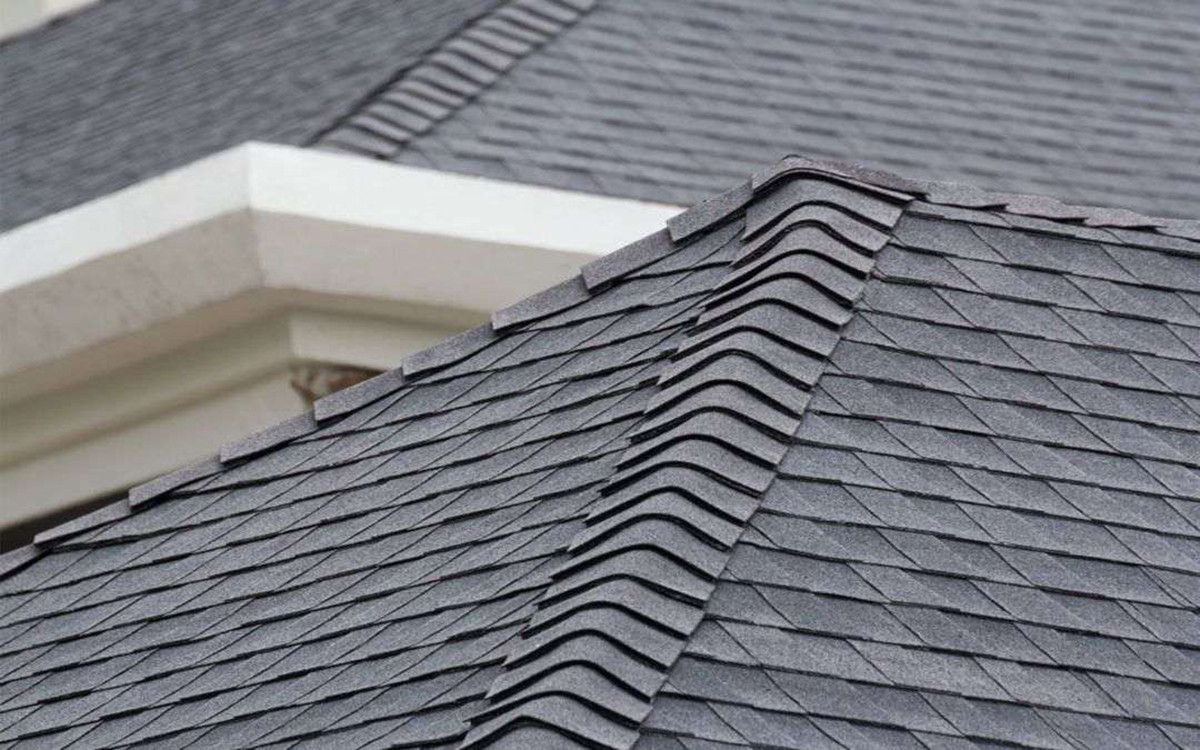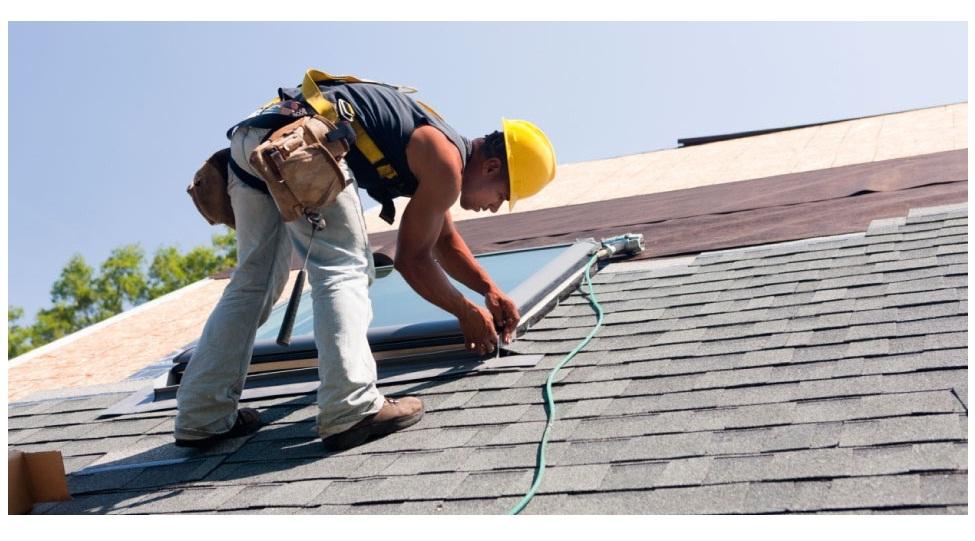How to Recognize and Address Common Roof Covering Fixing Requirements
Recognizing and addressing usual roof fixing needs is necessary for preserving the integrity of your home. Regular inspections can disclose important problems such as missing tiles, leaks, or deteriorating blinking that may compromise your roof covering's efficiency. Understanding the subtleties of these problems not only help in timely repairs yet likewise prevents a lot more comprehensive damages. As we check out the indicators that suggest your roof requires attention, the difference in between minor do it yourself repairs and when to look for professional aid will come to be increasingly clear. What details signs should home owners be attentive ready to secure their investment?
Indicators Your Roof Needs Repair
Acknowledging the indications that your roofing system requires repair service is important for maintaining the honesty of your home. A well-kept roof secures not only the structure but additionally the indoor home from water damage and various other possible hazards.
One of one of the most obvious signs of roofing issues is the existence of leakages or water stains on walls and ceilings. These can suggest compromised roof covering materials or architectural concerns. In addition, missing out on or damaged roof shingles can subject the underlying layers to the components, raising the likelihood of leakages.

Moss or mold development on the roof surface area can also be a red flag, as it usually indicates trapped moisture, which may bring about additional deterioration. Lastly, a boost in power costs can mean inadequate insulation or air flow as a result of roof covering issues.
Typical Roof Problems Clarified
Understanding the most common roof problems is necessary for home owners aiming to safeguard their investment. One common problem is roofing system leaks, which can develop from harmed tiles, used blinking, or stopped up rain gutters. Determining leaks early can stop substantial water damage to the interior of the home.
Another common problem is bad ventilation, which can bring about too much warm accumulation in the attic. This can cause roof shingles to wear away too soon and might lead to higher energy costs. Homeowners should make certain that their roof covering has ample air flow to advertise air flow and preserve temperature equilibrium.
Furthermore, missing or damaged tiles can endanger the roof covering's stability. Tornados, high winds, and particles can quickly displace roof shingles, leading to vulnerabilities that allow water infiltration. Routine assessments can aid identify and change harmed shingles promptly.
Moss and algae development is another problem that can affect roof materials, specifically in shaded areas. This development can catch wetness, leading to degeneration and further damages. Homeowners need to take into consideration cleaning their roofs and using preventative therapies to prevent development.
Dealing with these common roofing problems without delay can prolong the life-span of the roofing system and protect the general worth of the home.
How to Check Your Roof Covering
While checking your roof covering might seem daunting, it is an important job for maintaining its stability and long life. Normal inspections assist recognize possible issues before they escalate into pricey repairs. Start by ensuring your security; utilize a tough ladder and wear proper equipment. Consider employing an expert. if you are uneasy on the roof covering.
Start your assessment at the roofing system's surface area. Pay attention to the flashing around vents, skylights, and chimneys, as damaged flashing is an usual entrance factor for leaks.
Following, inspect the underside of the roof covering in your attic room. Search for indications of moisture, mold and mildew, or discoloration on the rafters and insulation. These indicators can indicate a leak or poor air flow.
Do It Yourself Repair Work Strategies
When it involves addressing minor roof covering concerns, DIY fixing methods can supply a practical remedy for property owners happy to take on the challenge. Typical troubles such as small leaks, missing out on tiles, or loose flashing can usually be dealt with without expert aid, saving both money and time.
For little leakages, beginning by locating the source, which may include evaluating the roof for damaged roof shingles or endangered seals. As soon as identified, apply roofing cement or a sealer particularly made for roof covering materials to patch the area. For missing shingles, replace them by very carefully spying up the bordering tiles, removing any damaged ones, and securing new shingles with suitable nails and sticky.
Loose flashing can be dealt with by re-sealing the edges with roof sealant. Guarantee the area is dry and reference clean before applying any products to ensure optimal bond. Always work very carefully and use proper security equipment, such as a harness and non-slip footwear, when on the roof covering.
Prior to starting any kind of do it yourself repairs, it's essential to assess your skill degree and the intricacy of the job, as incorrect repair work can result in additional damages and pricey repair services down the line.
When to Call an Expert

If you notice significant leaks, specifically those that have passed through multiple layers of roof covering material, it's vital to call a specialist. Considerable water damages can compromise the structural stability of your home. Additionally, if you observe sagging areas in your roof, this could indicate underlying issues that require immediate attention.
Another scenario calling for specialist aid is when managing considerable tornado damages. High winds or hail can create hidden susceptabilities that might not be immediately visible. A specialist roofer has the devices and experience to extensively examine the circumstance and recommend ideal repair services.

Final Thought
In conclusion, prompt recognition and you can find out more resolving of roof covering repair service needs are essential for keeping the stability and longevity of a framework. Adhering to these standards will certainly promote reliable roofing system upkeep and stop costly future fixings.
Routine inspections can disclose vital issues such as missing out on shingles, leaks, or deteriorating blinking that might jeopardize your roof's performance. One widespread problem is roof covering leaks, which can emerge from damaged tiles, worn blinking, or clogged rain gutters.In addition, missing or harmed shingles can jeopardize the roof covering's integrity.For little leakages, start by finding the resource, which may include evaluating the roofing system for harmed tiles or compromised seals. Sticking to these standards will promote efficient roof covering maintenance and avoid pricey future repairs.